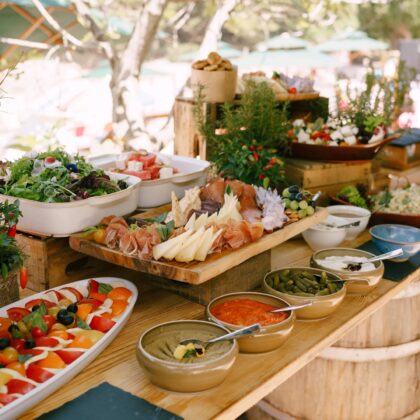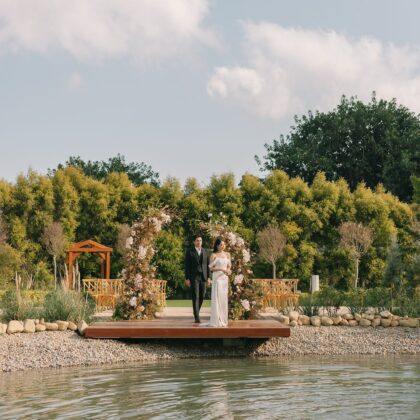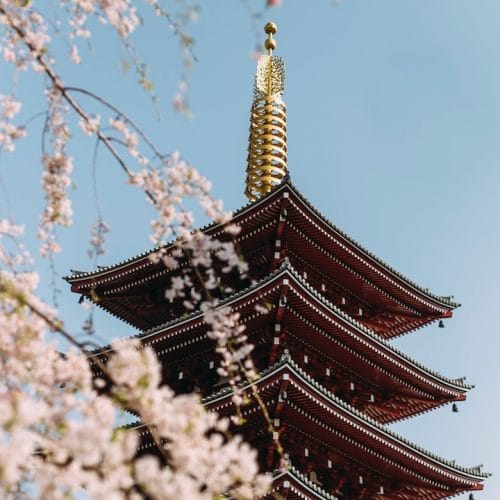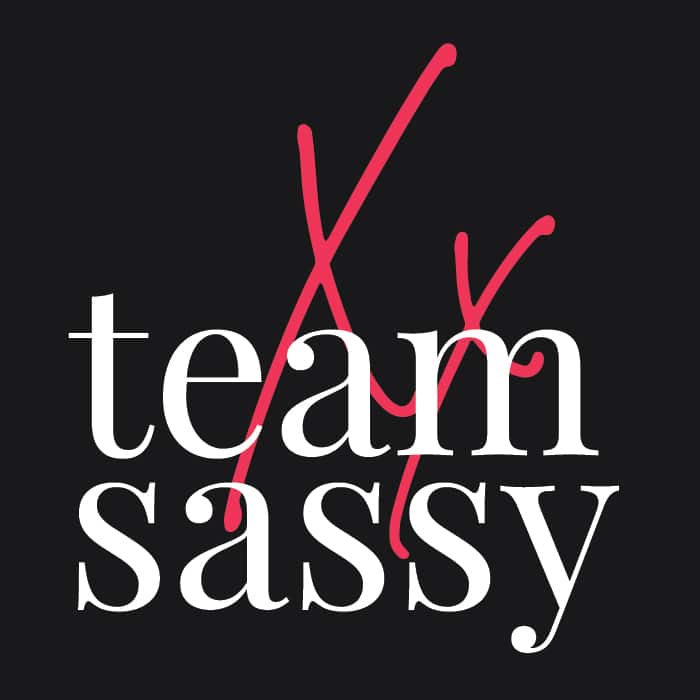Planning to visit Japan this year? We’ve got all the info you need for a perfect holiday, whether you’re going to Tokyo, Kyoto, Osaka (or all three).
My father was raised in Japan and my parents spent the early years of their marriage in Yokohama, so my family and I are all proudly Japanese citizens. It’s no surprise that we were super keen to spend a couple of weeks exploring Tokyo and the Kansai region during our year-long adventure. Despite the crowds (our visit fell smack in the middle of cherry blossom season), we had a fantastic experience. From the bustle of Osaka to the beautiful historic countryside surrounding Kyoto, Japan is a truly magical place. This one-week suggested itinerary is based on the slightly over-ambitious schedule we crammed into two weeks. I have filtered out the less exciting stuff (although nothing in Japan is boring) and kept in only our top picks. Happy travels!
Read more: Public Holidays for 2019: How Best to Use Your Annual Leave
Jump links:
When to visit Japan
How to get there
Getting Around
Tokyo
Kyoto
Osaka
Key Phrases
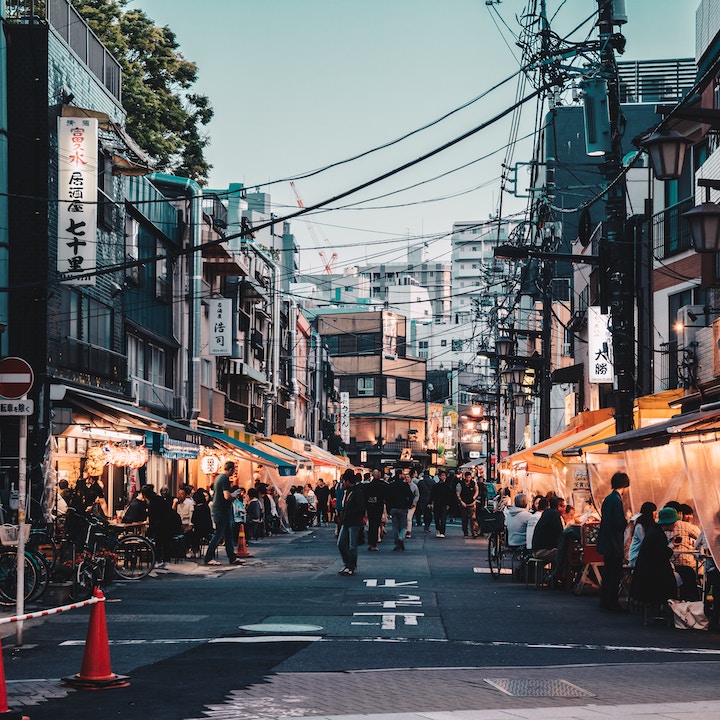
When to visit Japan
Although each of Japan’s seasons are beautiful in their own way, the best time to visit is between March and May for the beautiful cherry blossom season, and September to November in the fall to see vibrant autumn foliage when the climate is mild and there’s little rainfall. It’s worth noting that it can get extremely crowded during cherry blossom season and to beware of Golden Week crowds (a week-long Japanese holiday comprised of Showa Day, Constitution Memorial Day, Greenery Day and Children’s Day).
Key dates to keep in mind:
- January 1 – New Year’s Day (Ganjitsu)
- The second Monday in January – Adult’s Day (Seijin-no hi)
- February 11 – National Founding Day (Kenkoku Kinen-no hi)
- March 20 or 21 – Vernal Equinox (Shunbun-no hi)
- April 29 – Showa Day (Showa-no hi)
- May 3 – Constitution Memorial Day (Kenpou Kinenbi)
- May 4 – Greenery Day (Midori-no hi)
- May 5 – Children’s Day (Kodomo-no hi)
- The third Monday in July – Marine Day or Ocean Day (Umi-no hi)
- August 11 – Mountain Day (Yama-no hi)
- The third Monday in September – Respect for the Aged Day (Keirou-no hi)
- September 23 or 24 – Autumnal Equinox (Shuubun-no hi)
- The second Monday in October – Health/Sports Day (Taiiku-no hi)
- November 3 – Culture Day (Bunka-no hi)
- November 23 – Labor Thanksgiving Day (Kinrou Kansha-no hi)
- December 23 – Emperor’s Birthday (Tennou Tanjoubi)
How to get there
There are multiple direct flights from Hong Kong to Tokyo via Cathay, HK Airlines, JAL, Dragonair, ANA and Hong Kong Express – the journey will take you approximately 4 hours.
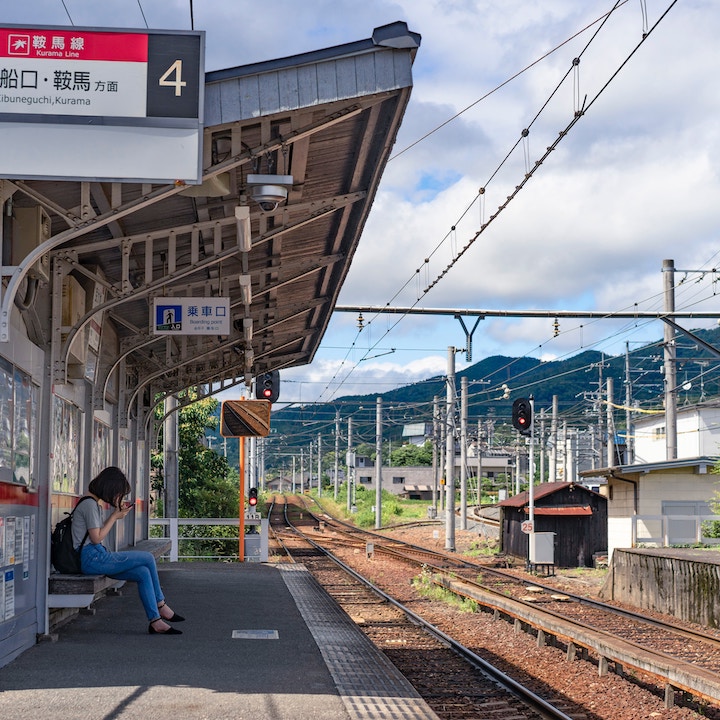
Getting Around:
We purchased the Japan Rail Green Pass, which gives you access to the first-class carriage on almost any Japan Rail (JR) train, boat or bus (excluding the fastest bullet train, or shinkansen) for 7, 14, or 21 days. The pass is only available to foreign passport holders.
- We purchased our green pass online in advance but many travel agents in Hong Kong provide this service. Usually, passes are redeemed at the airport where you’ll be given a laminated card ticket which you flash at the station turnstiles or show the driver.
- The Tokyo train system is notoriously complex and, as there are multiple operators around the country, I strongly recommend purchasing a Suica on arrival which can be used on the Tokyo subway (not operated by Japan Rail) and at convenience stores and other retail outlets too. You can also download the official Tokyo subway app to map out your travels!
- Even Japanese people get confused with the train system, so don’t be afraid to ask.
- Wherever possible, avoid rush hour at all costs, unless you want a first-hand experience of those crazy YouTube videos when commuters are jammed into the cars like sardines (very drunk sardines between 9pm and midnight!).
- Trains are, without a doubt, the way to get around in Japan but there may be the odd occasion where you want to jump in a car. Cabs are easy to spot and hail, but make sure to have the address in Japanese handy as they may not speak English. Uber is available in Japan but it is not as popular as Japan Taxi, which you can download in advance.
Suggested One Week Itinerary:
You can play around with this itinerary to suit your preference. Japanese history buffs might want longer in Kyoto, while avid shoppers might opt for an extra day in Osaka. We found basing ourselves in Kyoto and Osaka made for easy day trips to the surrounding areas.
Day 1 – 2: Tokyo
Day 3 – 5: Kyoto (Arashiyama & Fushimi Inari Taisha)
Day 6 – 7: Osaka (includes day-trip to Hiroshima & Miyajima)
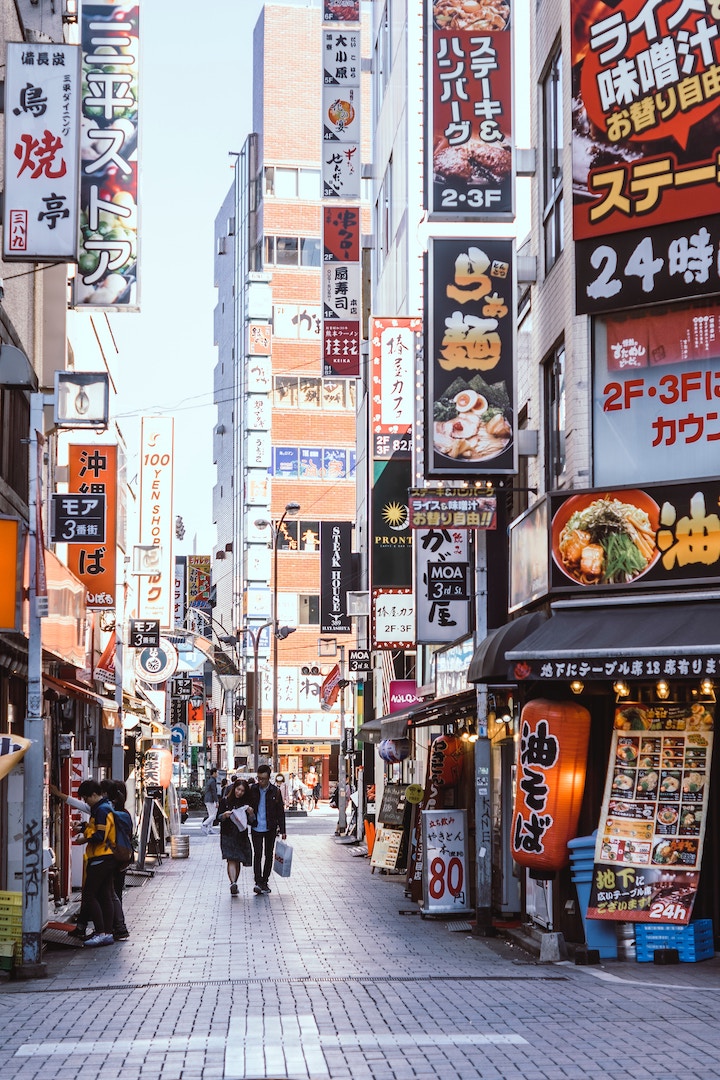
Tokyo
There is no shortage of things to do in Tokyo. Whether you’re visiting Mickey at Tokyo Disneyland, shopping and people watching in Ginza, strolling Takeshita-Dori in Harajuku or visiting the anime mecca of Akihabara, there really is something for everybody in this amazing city.
Read more: 24 hours in Tokyo: What To See & Where To Go In Just One Day!
Where to Stay:
While we usually prefer an Airbnb (better value, more space and a kitchen) the bonus of staying at a hotel is that the concierge can help with bookings and general queries. Not to mention the relief of coming home after 12 hours on the go to find a tidy room and meticulously made beds!
HOSHINOYA Tokyo
This is Tokyo’s first “luxury ryokan”, a super zen accommodation, mixing Japanese tradition with contemporary ideas and topped with incredible service. With only 84 rooms, it’s on the smaller side but is in a prime location – 800 metres from Tokyo Station and 300 metres from Otemachi Station.
HOSHINOYA Tokyo, 1 Chome-9-1 Otemachi, Chiyoda, Tokyo 100-0004, Japan, www.hoshinoya.com/tokyo/en
Mandarin Oriental Tokyo
Located in the heart of the city, this hotel is a short distance away from attractions such as the Imperial Palace and directly connected to the Mitsukoshimae subway station as well as JR Shin-Nihonbashi station. The concierge can solve just about any issue you might have with making reservations or planning days out. Foodies will have a blast exploring the underground food hall of the Mitsukoshi department store which is a great place to grab gifts for your Hong Kong foodie friends!
Mandarin Oriental Tokyo, 2-1-1 Nihonbashi Muromachi, Chuo, Tokyo, 103-8328, Japan, 東京都 中央区 日本橋室町2-1-1 東京, 103-8328, www.mandarinoriental.com/tokyo/nihonbashi/luxury-hotel
Four Seasons Hotel Tokyo
Its location, service and spacious rooms make the Four Seasons a popular extravagant choice. Located five minutes away from Tokyo Station and the shopping mecca of Ginza, the hotel boasts some of the friendliest staff in town who are always on hand to help and provide recommendations, make bookings and give directions. For those opting to visit Tokyo Disneyland, the seamless switch from Tokyo Station to the Tokyo Disney Resort Line couldn’t be easier.
Four Seasons Hotel Tokyo, Chiyoda-ku Pacific Century Place Marunouchi 1-11-1 Marunouchi Tokyo, 100-6277, Japan
東京都 千代田区 丸の内1丁目11-1, パシフィックセンチュリー, プレイス丸の内, www.fourseasons.com/tokyo
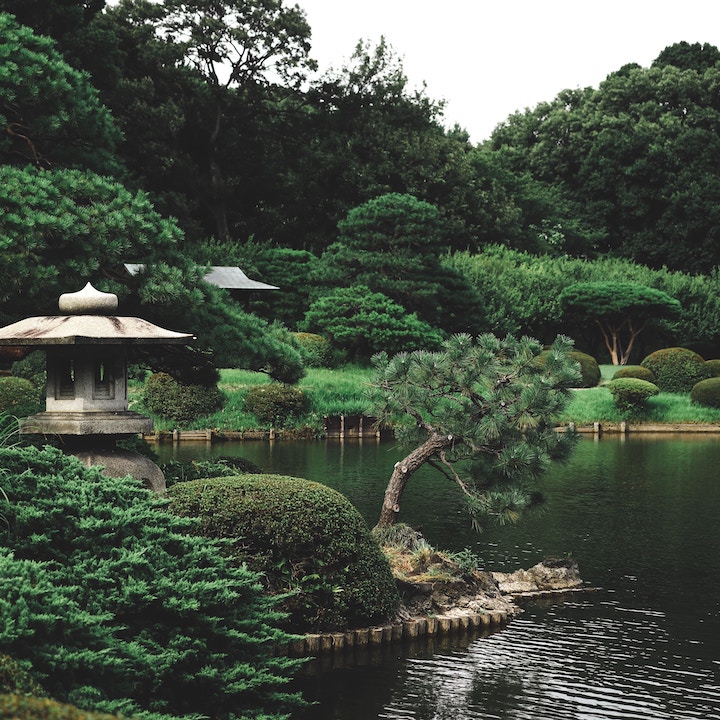
What to do:
Shinjuku Gyoen
We were fortunate enough to visit the National Gardens during Cherry Blossom season (late March to early April). Unfortunately, that meant it was the height of tourist season as well. Despite the crowds, the serene and spacious gardens (covering 144 acres and located in the heart of the bustling metropolis) was one of our favourite places of the whole trip. It’s hard not to feel relaxed as you wander around this beautiful environment. There are countless spots to unfurl the “leisure mat” (a simple tarp – available at most convenience stores) and have an impromptu picnic. Don’t miss the lovely conservatory! There is an entrance fee of ¥200 for adults.
Shinjuku Gyoen, 11 Naito-machi, Shinjuku-ku, Tokyo 160-0014, Japan, 東京都新宿区内藤町11番地 160-0014, www.en.tripadvisor.com.hk/Shinjuku_Gyoen
Inokashira Onshi Park
Kichijoji is one of the coolest neighbourhoods in Tokyo and you’ll find chic cafes and new shops plus access to Shibuya and Shinjuku. As one of the largest parks in Tokyo, the sheer amount of space is refreshing to Hong Kongers. With a pond, a zoo, and cyclists bustling around, it’s become a popular spot for instagramming cherry blossoms and autumn leaves.
Inokashira Onshi Park, 1 Chome-18-31 Gotenyama, Musashino, Tokyo 180-0005, Japan, www.en.tripadvisor.com.hk/Reviews-Inokashira_Onshi_Park-Musashino
Shibuya Station
It would be a shame to come to Tokyo and not take a walk across the famous intersection outside Shibuya Station. Once you’ve experienced the rush (it almost makes Mong Kok and TST look quiet!) head to Shibuya 109 for some stylish boutiques, or head back into Shibuya Station to the Tokyu Food Show for a lavish assortment of local eats: tiny fish salad, octopus on sticks, seaweed wraps, mochi cakes, pickles and more! The immaculate counters and chorus of “irashaimasen!” (“welcome!”) is an experience in itself.
Shibuya 109, 2-29-1 Dogenzaka, Shibuya-ku, Tokyo, Japan; 81-(0)3-3477-5111, www.shibuya109.jp/SHIBUYA
Tokyu Food Show, Tokyu Department Store, B1 Flo, 2-24-1 Shibuya, Shibuya-ku (Shibuya Station), Tokyo Japan; 81-(0)3-3477-3111, www.whereintokyo.com/venues/25239.html
Where to Eat:
Zuicho
This tiny restaurant only serves up one dish: Katsu Don, which is well worth seeking out when in Tokyo. For 1,000 yen (approx. HKD72) you can get your hands on a piping hot bowl of rice, which is topped off with a soft and fluffy omelette, along with a generous helping of katsu (deep fried pork). The crispy pork, rice and egg combo is only made better by the sweet and sticky sauce that the dish is topped off with – it’s guaranteed to hit the spot when hunger strikes. With limited seating, diners can expect queues during peak times at Zuicho, but the wait will be worth it. No English menu is available, but with only one item to choose, it should be pretty easy to get what you want!
Zuicho, 41-26 Udagawacho, Shibuya, Tokyo, 150-0042, Japan
Uoshin Nogizaka
This restaurant doesn’t look like much from the exterior, but for those in the know, it’s one of the best places in the city to find reasonably priced (and super fresh!) seafood. The restaurant is far from fancy, with beer crates acting as seats, but the lively atmosphere and food is what draws in the crowds. With everything on the menu from assorted sashimi to freshly grilled fish, tempura and much more, it’s a seafood lover’s dream.
Uoshin Nogizaka, 9 Chrome-6-3 2 Akasaka, Minato, Tokyo, 107-0052, Japan
Sushi No Midori
Another recommended spot for sushi is Sushi No Midori. We’ve only visited the location in Setegaya, but there are several across the city, all serving top-quality sushi at reasonable prices. The menu is extensive, so we recommend going for one of the assorted sushi platters per person to get a good mix of everything on offer. Prices for the mixed platters range between 800 yen and 2,800 yen (approx. HKD60 to HKD200).
Sushi No Midori, 2 Chome-2-4 Kyōdō, Setagaya-ku, Tōkyō-to 156-0052, Japan, other locations here, www.sushinomidori.co.jp
Mikkeller Tokyo
If you’re in need of a cool drink after all that walking around and exploring, Mikkeller Tokyo is always our top pick. Hidden away from the bustling streets of Shibuya, the Danish craft beer legend offers up 20 taps of beers from Japan and around the world. We love sitting in the downstairs area and enjoying a spot of people watching, but the bar also has a quieter upstairs seating area.
Mikkeller Tokyo, 2 Chome-19- 1 1 Dogenzaka, Shibuya, Tokyo 150-0043, Japan, www.mikkeller.jp
Øl By Oslo Brewing Co.
Another spot to know in Central Tokyo if you’re a craft beer fan is Øl By Oslo Brewing Co. Found not far from Mikkeller, this Japanese bar specialises in Scandi culture, and serves up both Japanese and Scandinavian craft beers. There are normally 20 rotating beers on tap, and you can pick up a tasting flight of four beers for 2,000 yen (approx. HKD150). Directly outside of Øl you can also find La Cabina Tokyo, a Mexican food truck serving up authentic tacos, ceviche, lunch sets and more – the perfect accompaniment to your brew.
Øl By Oslo Brewing Co., 37-10 Udagawa-cho, Shibuya-ku, Tokyo, Japan, www.oltokyo.jp
Ippo-do Tea
As well as stocking a vast selection of teas for you to buy and take home, Ippo-do Tea in Kyoto has a small tearoom where you can choose from a selection of traditional tea sets to enjoy in house. Tea enthusiasts and novices alike will love the selection and the care with which the tea is prepared in front of you. Take yours alongside a traditional sweet mochi or brown sugar candy for a truly authentic taste. Ippo-do tea also offers group tea classes, perfect for tea lovers to learn the full process of preparing the perfect Japanese green tea.
Ippo-do Tea, Teramachi-dori Nijo, Nakagyo-ku, Kyoto 604-0915, Japan, www.ippodo-tea.co.jp
Read more: Nightlife in Japan: A Guide to Tokyo’s Small Bar Scene
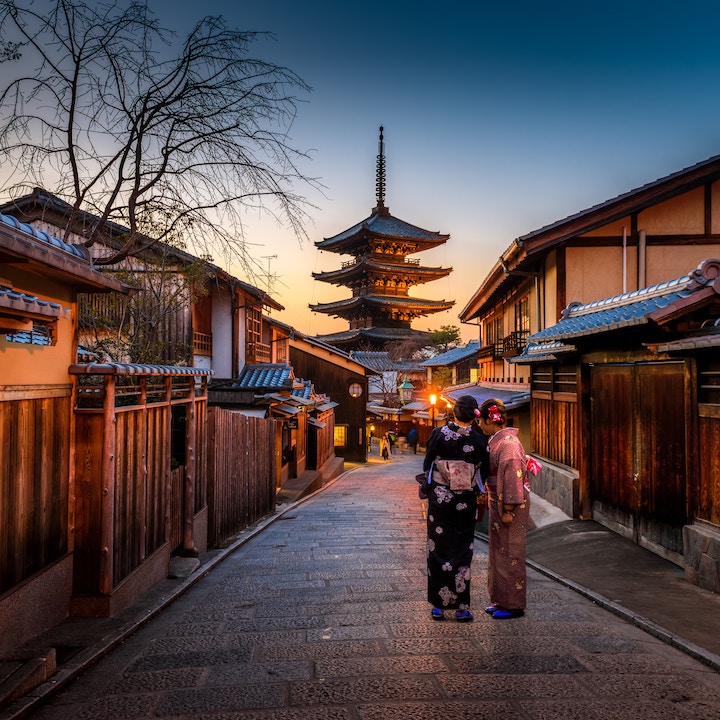
Kyoto
Hop on the Shinkansen from Tokyo and three hours later you’ll arrive in the “City of Ten Thousand Shrines”. Kyoto was our favourite stop of the Japan tour. We were taken by the ancient imperial capital and its stunning and serene historic districts.
Where to Stay:
For an authentic Japanese experience, stay at a Ryokan (Japanese guest house) – they serve delicious kaiseki cuisine in your room and there is usually an “onsen” (hot spring) as well.
Gion Hakatana
A beautiful foreigner-friendly ryokan serving excellent food in the heart of Gion, you’ll have a great time with the futon-style bedding and an onsen bathhouse experience! A bit on the pricey side, but the location can’t be beaten with the station 10 minutes away.
Gion Hakatana, 505 Gion-machi Minami-gawa, Higashiyama-ku, Japan, 東山区祇園町南側505, www.tripadvisor.ca/Hotel_Review
Royal Park Hotel Kyoto
Located in a buzzing part of downtown Kyoto, this is an unbeatable location. With local restaurants on your doorstep, and the subway and bus stop a 2 minute walk away. In case you want to feel transported back in time, just cross the bridge and you’ll get to the cobbled historical streets of Gion in 10 minutes.
Royal Park Hotel Kyoto, 〒604-8004 Kyoto Prefecture, Kyoto, Nakagyo Ward, Japan, 河原町東入ル中島町74 Sanjo Dori, www.the-royalpark.jp/the/kyotosanjo/en
Alternatively, there are tons of great options on Airbnb. You can rent a townhouse in a historic district to really get a local experience.
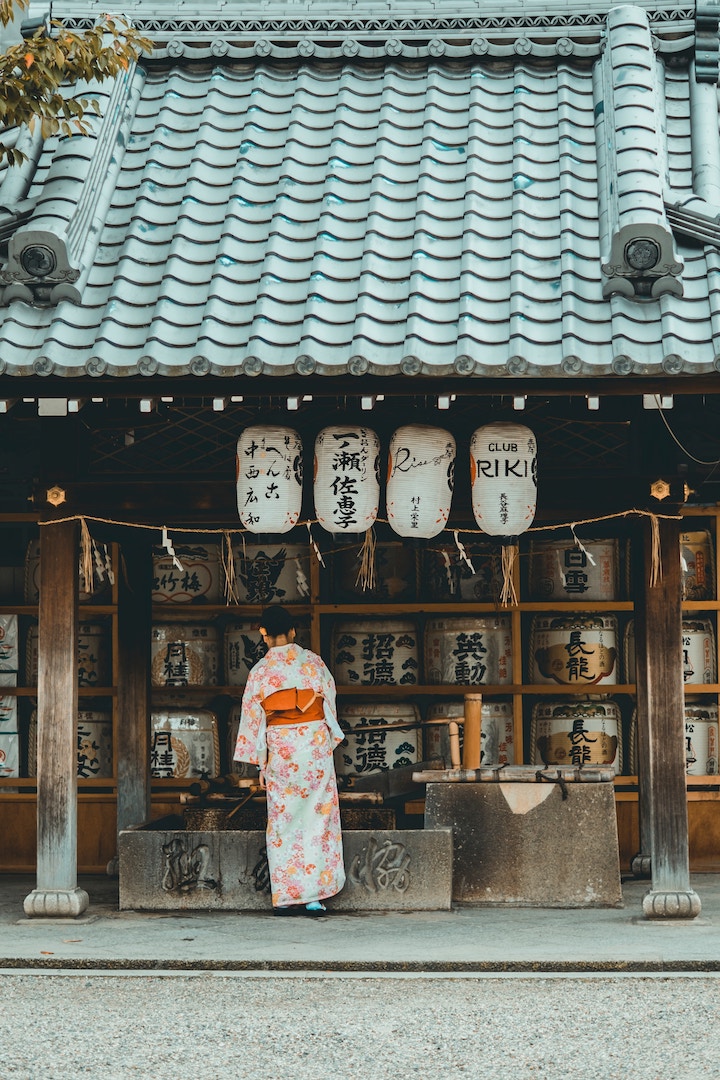
What to do:
Get a Kimono
For a bit of a dress up opportunity (hello, Instagram), rent a Kimono to walk around the town and temples! We rented ours from Yumeyakata, but there are many rental businesses around Kyoto, check out this post for more options. Looking for a photographer to capture the moments? Check out Wandersnap for local talent.
Arashiyama
Take a walk through the famous bamboo forests, and visit the stunning Tenryuji Temple. A short walk away from the temple was an incredible tofu restaurant, Sagano Yudouhu (嵯峨野豆腐), recommended by a local friend. The tranquil garden that housed the restaurant provided a beautiful backdrop. They only serve one set menu and everything is delicious. Even my husband, who’s not a fan of tofu, loved every dish. Take a stroll after lunch along the riverside and grab coffee at % Arabica Arashiyama to fuel up.
Fushimi Inari Taisha
Seeing the thousands of vermilion torii (Shinto shrine gates) was one of the most memorable sights of the trip. There are many, many, many steps! Walk up through the famed red gates and have fun checking out the vendors and eating street food along the way.
Where to Eat:
Kyoto Ramen Street Station
If you’re travelling to or from Kyoto by train, make sure to check out the famous “Ramen Alley” in Kyoto Station. Located on the 10th floor of the station, it is a corridor full of ramen shops, showcasing various varieties from all over Japan. Quick, cheap and super satisfying, you order from the traditional ramen “vending machines” outside the shopfronts. It’s a fun (and delicious!) experience whilst waiting for your train.
Kyoto Ramen Street (Kyoto Ramen Koji), 600-8216 Kyoto Prefecture, Kyoto, Shimogyo Ward, Japan, www.kyotostation.com/kyoto-ramen-street-kyoto-ramen-koji
Kawamichi
Kawamichi is a good choice if you’re looking for modern, yet authentic Japanese cuisine. Sit in a private room and try a selection of traditional “kaiseki” dishes from sashimi and meats, to steamed egg in dashi stock and plum cake for dessert. Closed every Tuesday.
Kawamichi, Suncity gosyo nishi, 1F 328 Ima-kusuriya-cho, Kamigyoku, Kyoto, Japan, www.kawamichiya.co.jp/english.html
Ramen Sen No Kaze
This is one of Kyoto’s most recommended ramen houses. With three delicious varieties of tonkotsu soup, from the slightly salty Shio, soy sauce-based Shoyu, and the popular Miso flavour-based. The gyoza dumplings here are also some of the best I’ve tried!
Ramen Sen No Kaze, 580 Nakanocho (Shinkyogokudori), Nakagyo Ward, Kyoto, 604-8042, Japan, ramensennokazekyoto.com
Read more: Travel Kyoto: Top Picks and Local Favourites
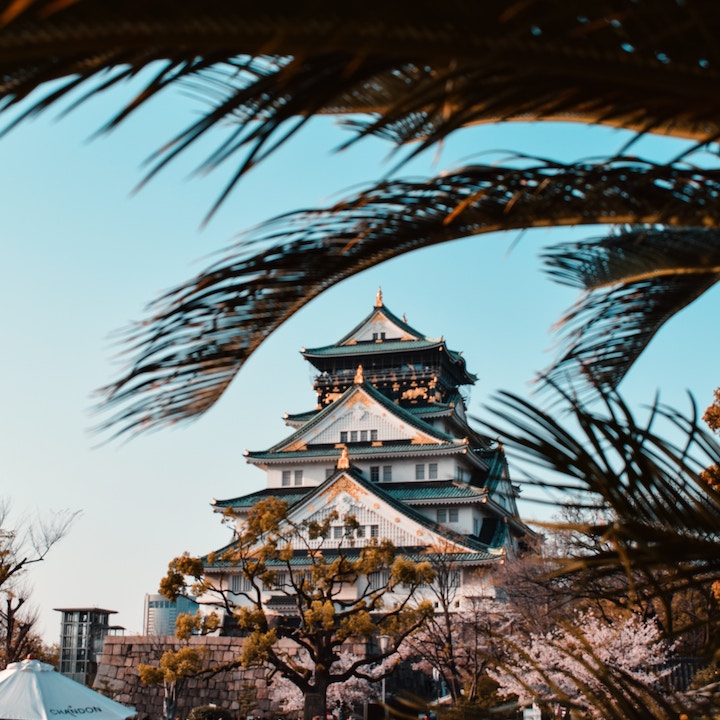
Osaka
From Kyoto, hop onto the Shinkansen to Osaka, a quick 14-minute ride away. Whether you’re visiting for Universal Studios, Dotonburi Arcade or the city’s famed shopping districts, Osaka’s vibrancy makes for a fun-filled few days. If you don’t fancy returning to Tokyo on the Shinkansen you can also fly directly back to Hong Kong from Osaka.
Where to Stay:
The best places to stay in Osaka are Namba (great for food and nightlife) and Umeda, as they’re both transport hubs with tons of shops and local cafes. Hotels near the Midosuji subway line, Osaka Castle or Universal Studios are also great options.
Fraser Residence Nankai Osaka
A short walk from Namba Station and Dotonbori, this is a popular hotel in Osaka. Rooms are spacious, kitted with a kitchenette, and reasonably priced. The hotel’s service and Japanese breakfast are bonuses.
Fraser Residence Nankai Osaka, 1 Chome-17-11 Nanbanaka, Naniwa Ward, Osaka, Osaka Prefecture 556-0011, Japan, www.booking.com/hotel/jp/fraser-residence-nankai-osaka
Osaka Marriott Miyako Hotel
This hotel is housed in the tallest building in Japan and offers breathtaking views of Osaka in comfy, spacious rooms. Conveniently located with direct access to the Tennoji Station, you’ll find everything you would expect from a Marriott. The hotel is in the same building as Kintetsu Department store, so there are tons of shopping and dining options, including a great supermarket located just minutes away.
Osaka Marriott Miyako Hotel, 1-1-43 Abenosuji, Abeno-ku, Osaka 545-0052, Osaka Prefecture, Japan, www.marriott.com/hotels/travel/osamc-osaka-marriott-miyako-hotel
Where to Eat:
Dotonbori Arcade
Located in the heart of Minami District, this is a sensory experience with lights and sights, and delicious treats available as you stroll through the arcade. Osaka is known as a foodie’s paradise and the famed street food includes takoyaki (battered octopus fritters), okonomiyaki (savoury pancakes filled with just about anything) and yakisoba (fried noodles)! As a popular tourist destination, most of the restaurants here have English menus available.
Dotonbori Arcade, 542-0071 Dotonbori, Chuo-ku, Osaka, Japan, www.osaka-info.jp/en/page/dotonbori
Kuromon Ichiba Market
This is one of the main food markets in Osaka, Japan, right in the Namba area. The spacious market feels worlds away from Hong Kong, even thought the energetic vendors are selling street food and souvenirs just as enthusiastically. This spot is best for fresh seafood, with an amazing variety of sushi and takoyaki (the regional dish of Osaka).
Kuromon Ichiba Market, 2 Chome-4-番1号 Nipponbashi, Chuo Ward, Osaka, Osaka Prefecture 542-0073, Japan, www.osakastation.com/kuromon-ichiba-market
Gyukatsu Motomura Namba
This place serves up the most amazing beef and katsu curry. There’s often a queue outside but the waiters take your order whilst you wait (and it’s always worth it). The generous portions, rich flavours and quality meat makes this resto a must-try.
Gyukatsu Motomura Namba, 3-3-1 Namba, Chuo-ku, Osaka 542-0076, Osaka Prefecture, Japan
Day trips from Osaka:
Hiroshima and Miyajima
Although Hiroshima is steeped in a tragic past, the memorial park and museum were both deeply impactful experiences for us. After visiting the memorial grounds in the morning, we crossed the bridge near the iconic atomic dome for lunch and then hopped on the ferry to Miyajima island, famed for its deer, temple and giant “floating” torii in the ocean. We visited at low tide so we didn’t get the full floating effect, but the plus side was that we could walk down the sand all the way out the gate for an up-close-and-personal experience. There are many snack-addicted deer roaming around the island so watch your pockets and bags!
Hiroshima is around two hours from Osaka on the shinkansen, and Miyajima is approximately 45 minutes from the Peace Memorial Park by ferry. On the way back you can use your JR pass to take the ferry from Miyajima’s main terminal followed by a JR train back to the main station.
Sassy Tip: Doing both Hiroshima and Miyajima in one day is ambitious. You need to leave Osaka as early as possible to ensure you have enough time to do everything, and don’t expect to be back until after dinner (we ate ours on the Shinkansen after picking up some bento boxes at the station).
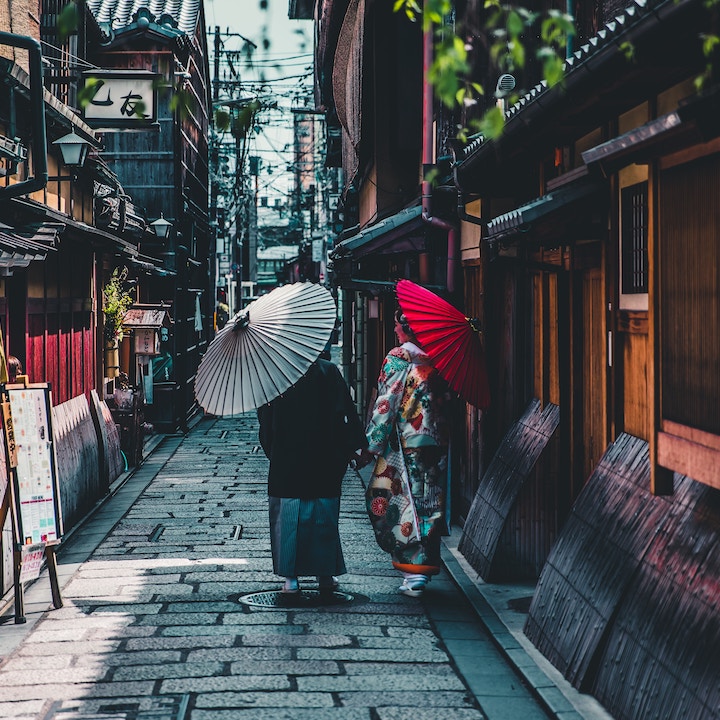
Key Phrases
- おはようございます ohayou gozaimasu – Good morning!
- こんにちは konnichiwa – Hello / Good afternoon!
- 久しぶり hisashiburi – It’s been a while.
- じゃあまた jaa mata – See you!
- お元気で o genki de – Take care.
- お名前は何ですか?o namae wa nan desu ka – What’s your name?
- …です …desu – I’m…
- 好きです suki desu – I like it.
- いいですよ ii desu yo – It’s good.
- ダメです dame desu – It’s no good.
- 日本語で話しましょう nihongo de hanashimashou – Let’s talk in Japanese.
- もう一度言ってください mou ichidou itte kudasai – Please say it again.
- お腹が空いています onaka ga suite imasu – I’m hungry.
- まだ食べていません mada tabete imasen – I haven’t eaten yet.
- メニュー、お願いします menyuu, onegaishimasu – Please bring me a menu.
- メニュー、お願いできますか?menyuu, onegai dekimasu ka – May I have the menu?
- それは何ですか? sore wa nan desu ka – What’s that?
- これを食べてみたいです kore o tabete mitai desu – I’d like to try this.
- …をください …o kudasai – I’d like…
- …がありますか?…ga arimasu ka – Do you have…?
- …付きですか? …tsuki desu ka – Does it come with…?
- …が食べられません …ga taberaremasen – I can’t eat…
- …アレルギーがあります …arerugii ga arimasu – I’m allergic to…
- おいしいです oishii desu – It’s delicious!
- まずいですmazui desu – It’s terrible.
- お腹が一杯です onaka ga ippai desu – I’m full.
- お勘定/お会計、お願いします okanjou/okaikei, onegaishimasu – Check, please.
- いただきます itadakimasu – Let’s dig in!
- ごちそうさまでした gochisousama deshita – Thanks for the meal.
- いらっしゃいませ irasshaimase – Welcome.
- これは何ですか?kore wa nan desu ka – What is this?
- これは何というものですか?kore wa nan to iu mono desu ka – What’s this called?
- これはいくらですか?kore wa ikura desu ka – How much is this?
- …がありますか? …ga arimasu ka – Do you have…?
- ちょっと (高い) です chotto (takai) desu – It’s a bit (expensive).
- 他の色がありますか? hoka no iro ga arimasu ka – Do you have another colour?
- それを頂きます sore o itadakimasu – I’ll take it.
- クレジットカードは使えますか? kurejitto kaado wa tsukaemasu ka – Can I use my credit card?
- 包んでいただけますか?tsutsunde itadakemasu ka – Can I have it gift wrapped?
Last but not least, enjoy your travels and make the most of everything Japan has to offer!
Editor’s Note: This post was originally published on Sassy Mama by Rebecca Jo-Rushdy in 2017 and updated in February 2019 by Team Sassy.
Featured Image courtesy of Liam Burnett-Blue via Unsplash, Image #1 courtesy of Chris Chan via Unsplash, Image #2 courtesy of JuniperPhoton via Unsplash, Image #3 courtesy of Banter Snaps via Unsplash, Image #4 courtesy of Thor Alvis via Unsplash, Image #5 courtesy of Sorasak via Unsplash, Image #6 courtesy of Banter Snaps via Unsplash, Image #7 courtesy of Agathe Marty via Unsplash, Image #8 courtesy of Andre Benz via Unsplash

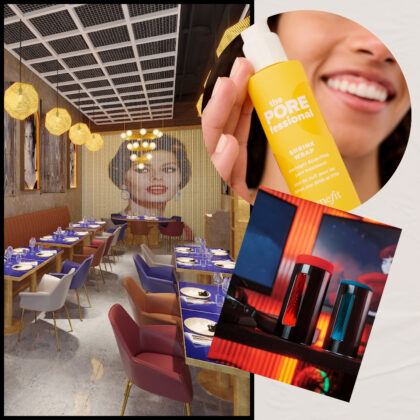
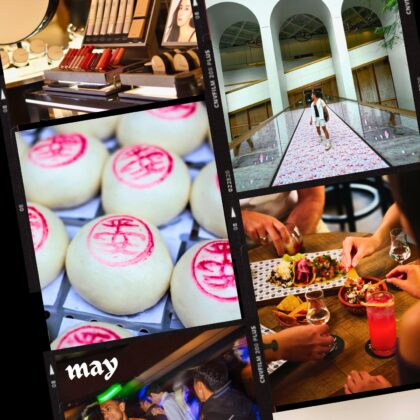
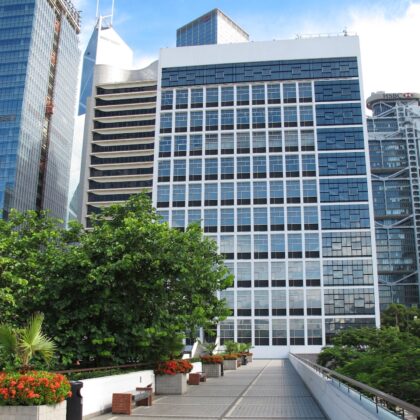
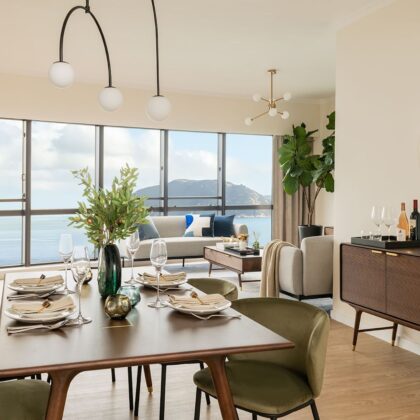
 Eat & Drink
Eat & Drink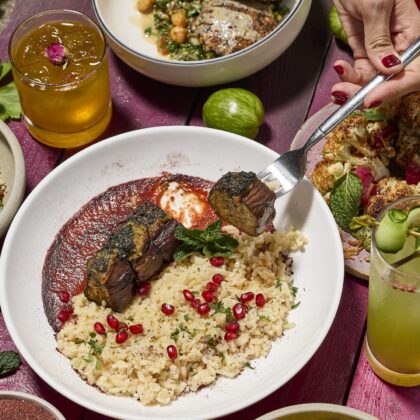
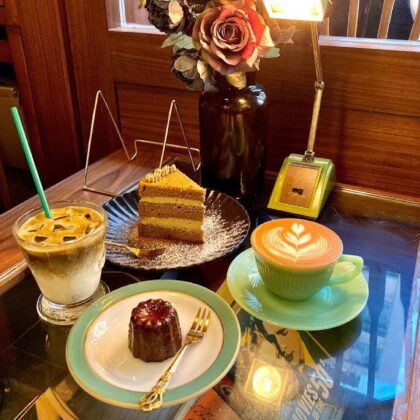
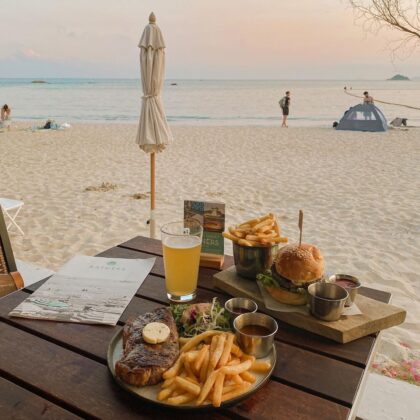
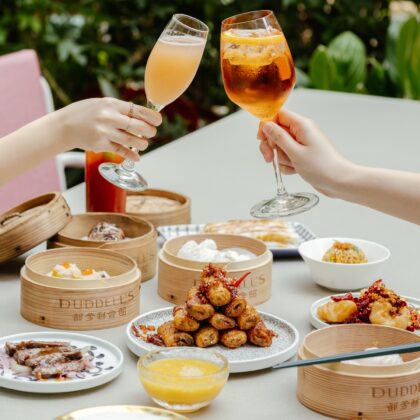
 Travel
Travel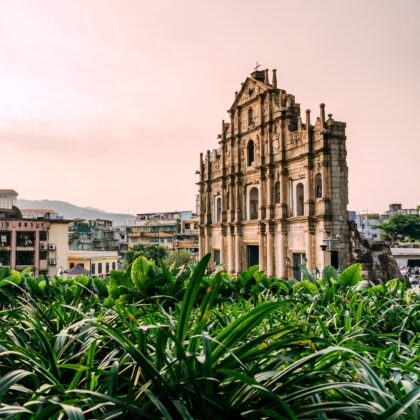
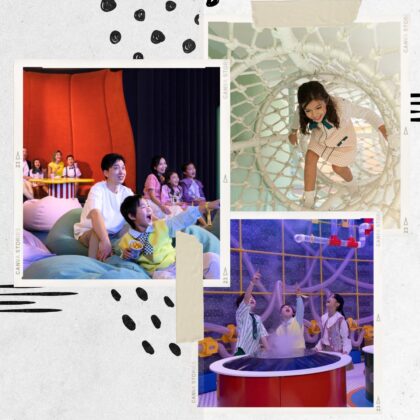
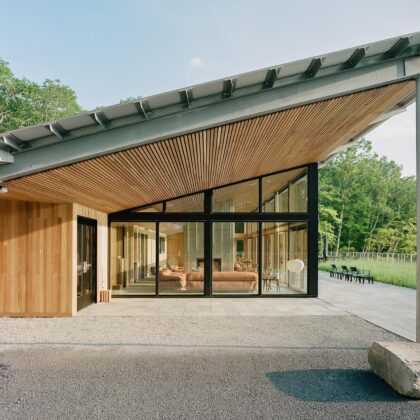
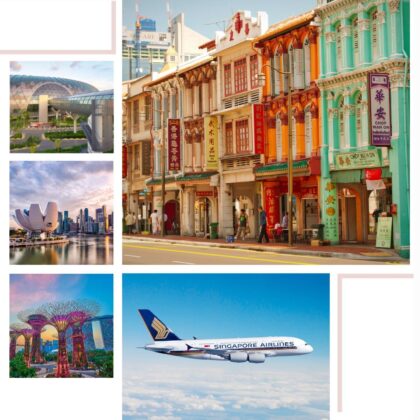
 Style
Style
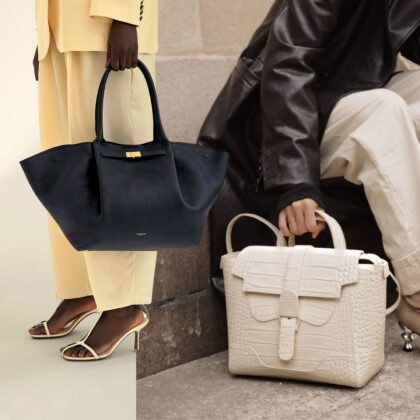

 Beauty
Beauty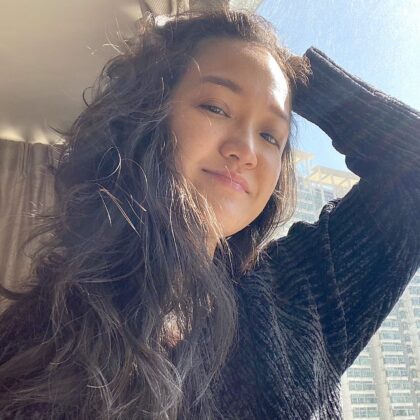

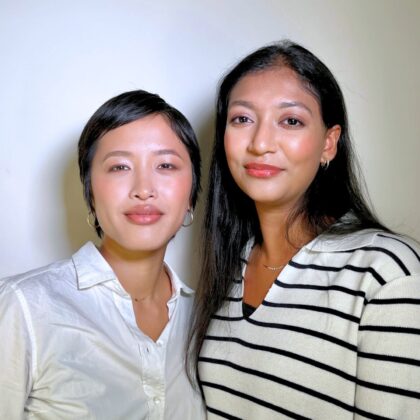

 Health & Wellness
Health & Wellness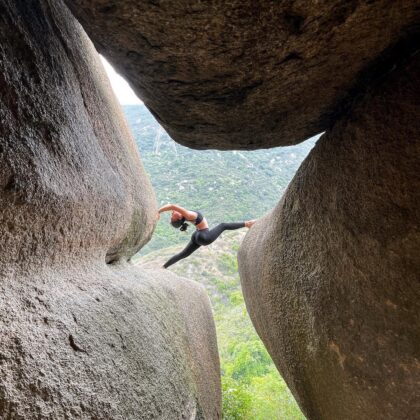
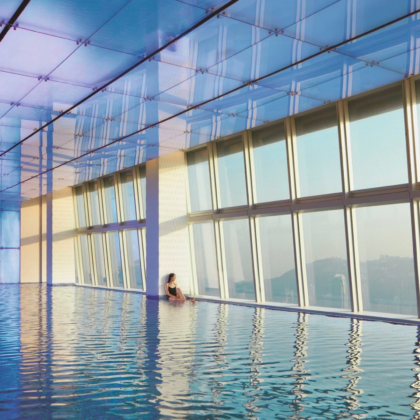
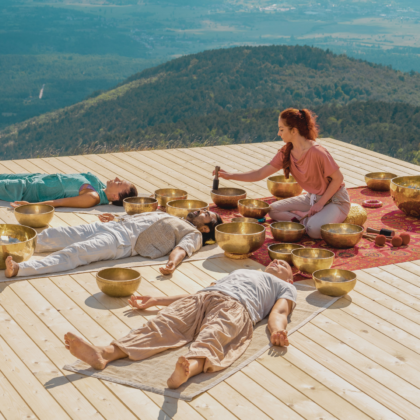
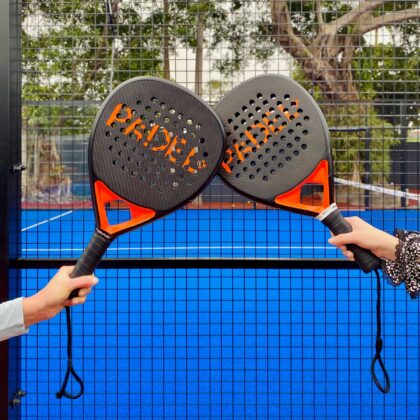
 Home & Decor
Home & Decor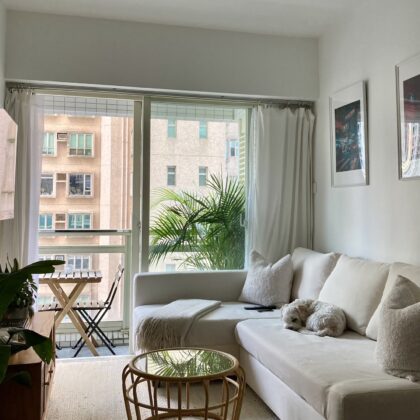


 Lifestyle
Lifestyle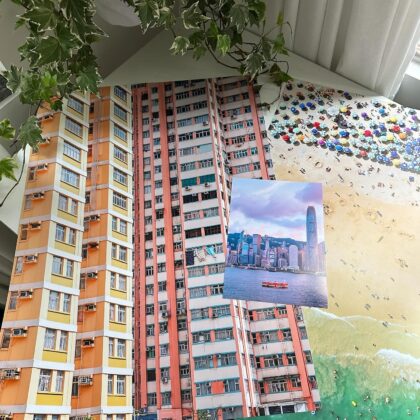
 Weddings
Weddings
